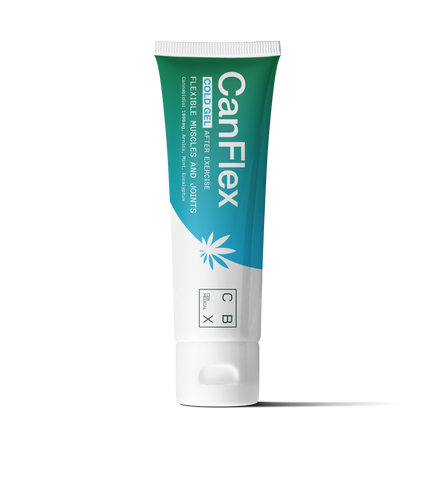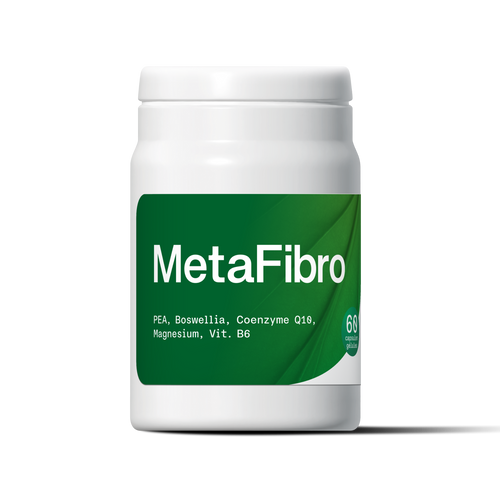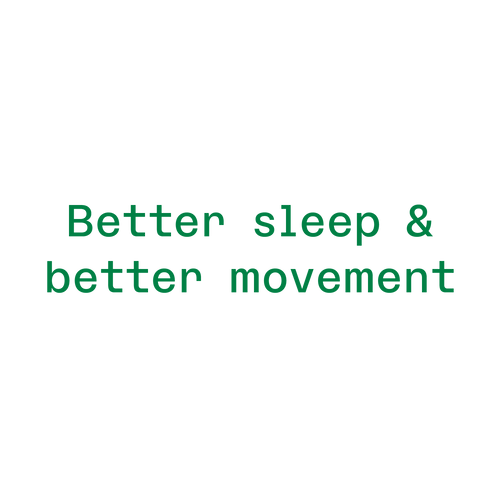Among the many components of the cannabis plant, CBD and THC are most often mentioned, as they are the most abundant. The reason is that we attribute certain virtues to them. However, these two components are completely different. Because of their effects, but also because of their legislation. Let's take the time to introduce them and study their differences! Among other things, the second provides a euphoric effect and the other does not. What is CBD? CBD or cannabidiol is a molecule that belongs to the cannabinoid family. After THC, it is the most abundant compound in Cannabis sativa. Unlike THC, CBD has no or very slight psychotropic effect. In other words, it would not affect the conscious state of the consumer. However, it would contain the potential to induce a feeling of well-being. This would be one of the reasons why it is used in the form of massage oil. Other properties attributed to it mean that CBD is also used in cosmetics and in the pharmacological field.
What is THC?
THC is the cannabinoid that outnumbers other components of Cannabis sativa. Also called tetrahydrocannabinol, this substance is known to have psychotropic properties on the brain. We think in particular of the temporary feeling of euphoria.
Where do they come from ?
Cannabidiol and tetrahydrocannabinol find their origin in Cannabis sativa. A plant which, in addition to cannabinoids, contains terpenes and flavonoids. The concentration of these is much higher than what can be found in other fruits, vegetables and plants.
Cannabis, which is particularly resistant, is divided into around ten types, subspecies and strains of plant species. Each with slight differences in their properties. The best known variants are hemp and marijuana.
How is hemp different from marijuana?
“Hemp” and “Marijuana” are two terms that mean the same thing in popular thinking. So, confusing the two is a common mistake for most of us.
Composition of hemp and marijuana
From an outside perspective, hemp and marijuana are similar. If we pay attention to their composition, we observe that their THC and CBD content are not the same. Indeed :
- Hemp has a THC content of less than 0.3%, but a high CBD content.
- Marijuana contains between 5 and 20% THC and low CBD content.
Hemp and marijuana cultivation
Although both belong to the Cannabis sativa family, their cultivation is not done in the same way. Among other things, hemp is grown outdoors in large plots like corn or wheat. Flowering is not the objective of hemp cultivation, the plants are therefore placed 10 cm from each other. This favors vertical development and taller stems than those of marijuana. The hemp growth cycle is 115 days.If hemp has the particularity of adapting to all climates, this is not the case for marijuana. Its environment must be controlled, because the plant needs heat and humidity to grow. The goal of growing marijuana is flowering, with the flowers being particularly rich in THC. Its development involves separating the plants at a distance of 15 to 20 cm. The marijuana growth cycle ranges from 60 to 90 days.
What are the respective effects of CBD and THC?
Cannabis molecules have the particularity of acting on our endocannabinoid system. Namely that they trigger the same actions as endocannabinoids (chemical compounds produced naturally by our body) which activate neurotransmitters in the brain. These relay messages between cells and play a role in the immune system, sensitivity to stress, quality of sleep, etc.Before understanding the respective effects of CBD and THC, we must take an interest in their chemical structure. A passage under the microscope allows us to realize that both have exactly in their molecular structure:
- 21 carbon atoms.
- 30 hydrogen atoms.
- 2 oxygen atoms.
The effects of CBD on the human body
CBD does not provide a euphoric effect although it can act on our psyche.
In our body, the main receptors of the endocannabinoid system are the CB1 and CB2 receptors. CBD has little or no affinity for CB1, hence the lack of euphoria. Furthermore, it can be assumed that cannabidiol blocks the activation of CB1 (antagonist).
This does not mean, however, that the effects of CBD are non-existent on the body. Rather than acting on a particular receptor, it would contribute to general well-being. Cannabidiol is said to have effects on appetite, the immune system, mood and sleep.
It would also bring benefits against:
- Inflammations.
- Mental disorders (schizophrenia, etc.).
- Headache.
- The Depression.
- Anxiety.
- Pain.
- Epileptic seizures.
- Nausea.
- Insomnia.
- Diabetes.
- Crohn's disease.
- Multiple sclerosis.
- Etc.
Even more, CBD helps reduce the spread of tumors and the risk of artery necrosis after a heart attack.
Even when taken in large quantities, cannabidiol has no side effects. Unless you consume it with other medications. In this case, the side effects linked to CBD would be:
- Weight loss.
- Diarrhea.
- Tiredness.
- Dizziness.
The effects of THC on the body
If cannabidiol is antagonistic to CB1, THC would be an agonist (stimulator). Indeed, tetrahydrocannabinol would have the ability to imitate anandamide. It is a neurotransmitter produced naturally by our body which activates CB1 receptors. Anandamide or the happiness molecule would contribute to the sensation of pleasure, play a role in memory and the transmission of pain.
To put it simply, THC would provide a feeling of euphoria and its action would be more direct than that of CBD. Tetrahydrocannabinol would also include increased appetite, altered mental state and coordination among its effects.
In terms of medical treatment, the effects of THC are sought to treat:- Inflammations.
- Fibromyalgia.
- Migraines.
- Phantom limb injury.
- Tourette syndrome.
- Anxiety.
- ADD with or without hyperactivity.
- The Depression.
- Loss of appetite.
- Anorexia.
- Asthma.
- Etc.
- Red eyes.
- Throat dry.
- A loss of memory.
- A reduction in reaction times.
- Coordination problems.
- An increase in heart rate.
- Mental problems.
- The addiction.
Currently, there is no conclusive evidence that cannabis use causes schizophrenia.
Legal status on CBD and THC
In Belgium, the legal status of THC is that of a narcotic. Its consumption is therefore prohibited unless you have a medical prescription.
On the other hand, the legal status of CBD is in a gray area for the food aspect (novel food) but is tolerated in topical products, provided that this same CBD is extracted from the leaf or stem.
Interestingly, a drug test can indicate the presence of THC in the body even though we have only consumed CBD. Indeed, not all cannabidiol products are THC-free.
There are other cannabinoids
Cannabidiol and tetrahydrocannabinol are far from the only cannabinoids contained in Cannabis sativa. According to studies, this species of cannabis contains no less than 100 cannabinoids.
What about the entourage effect in all this?
Based on some studies, it has been concluded that cannabinoids have an entourage effect between them. That is to say, the effects of CBD and those of THC as well as other cannabinoids complement each other.
It would then be more interesting to consume cannabis this way. Indeed, CBD would have inhibitory properties on the psychotropic effects of THC.
Therefore, if we were to consume CBD, it is best to choose a product with a THC content lower than the legal limit in order to benefit from the entourage effect. Additionally, a CBD-rich product contains a plethora of cannabinoids, terpenes, and flavonoids.




